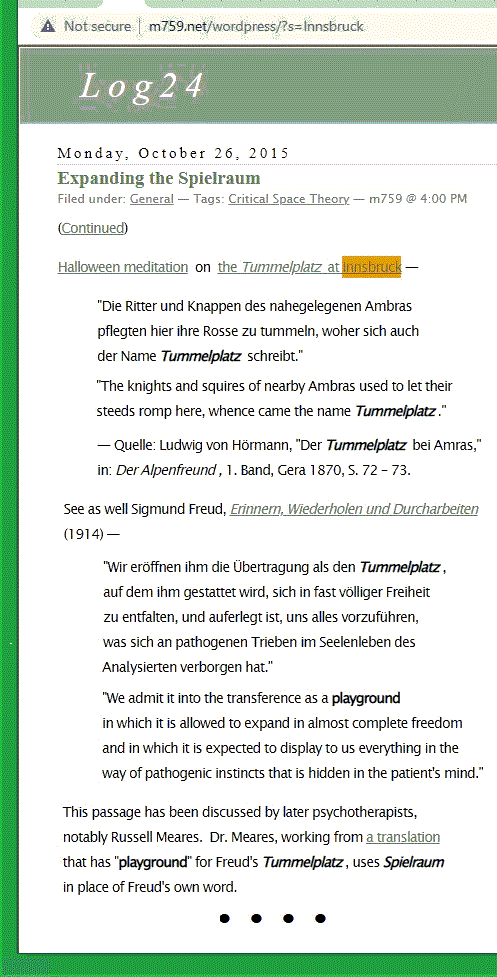Yesterday's nonsense from The New York Times suggests
a better example of cultural criticism is needed. Try this …
The opening paragraph of "The many faces of Pablo Picasso,"
by Peter Conrad, at theguardian.com on Saturday,
7 February, 2009, 19.01 EST* —
"Picasso," the surrealist poet Paul Eluard said,
"paints like God or the devil." Picasso favoured
the first option. "I am God," he was once heard
telling himself. He muttered the mantra three
times, boasting of his power to animate and
enliven the visible world. Any line drawn by
his hand pulsed with vitality; when he looked
at it, a bicycle seat and its handlebar could
suddenly turn into the horned head of a bull.
But he also took a diabolical pleasure in
warping appearances, deforming faces and
twisting bodies, subjecting reality to a
tormenting inquisition.
As noted here, yesterday was the birth date (in 1811) of Galois.
It was also the birth date (in 1881) of Picasso.
Related material from the 2009 date* of the Conrad article —
The Log24 post "Childish Things." For those who deeply
dislike Picasso, there is also an 1880 opening illustration
to Hans Christian Andersen's The Snow Queen —
Story the First,
Which Describes a Looking-Glass
and the Broken Fragments
"You must attend to the commencement
of this story, for when we get to the end
we shall know more than we do now about
a very wicked hobgoblin; he was one of the
very worst, for he was a real demon."

Houghton Mifflin edition of 1880, Riverside Press, Cambridge
Click the above illustration for related posts in this journal.
* Also dated the following day, to correspond to the 00.01 GMT publication
time of The Guardian 's Sunday version, The Observer , in which it appeared.










